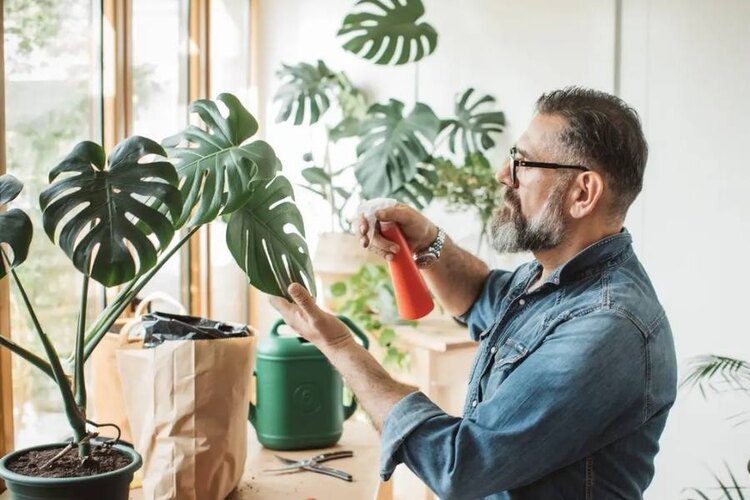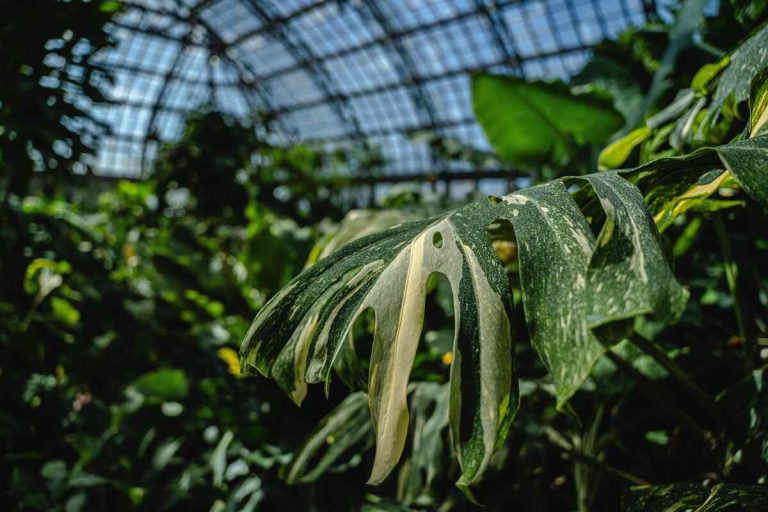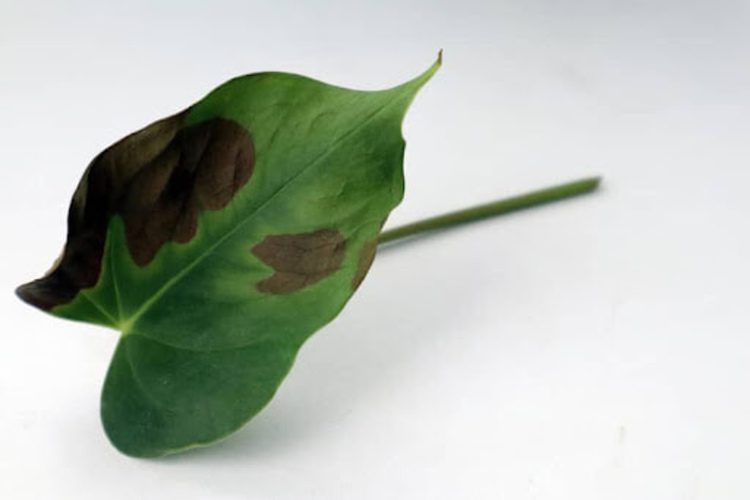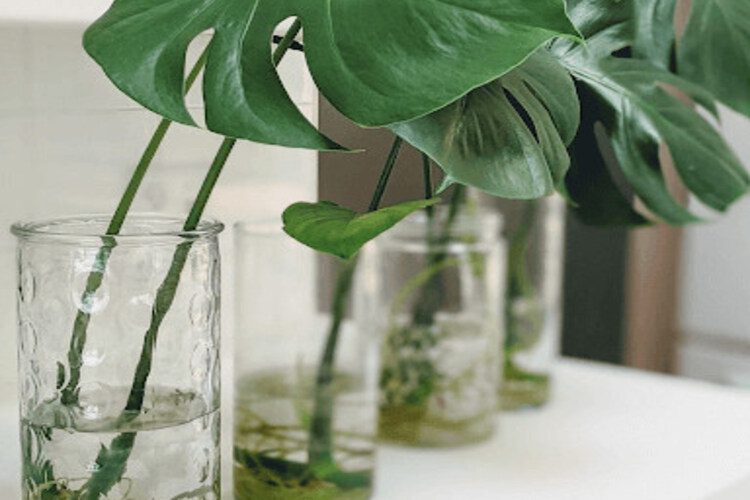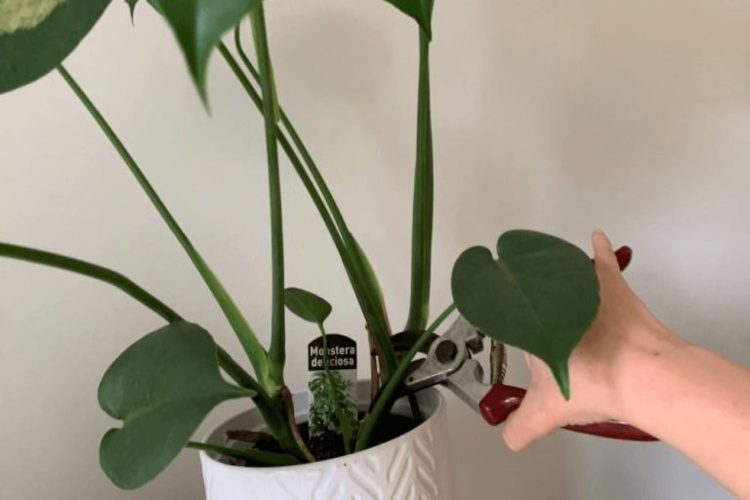How To Propagate Monstera In The Right Ways?
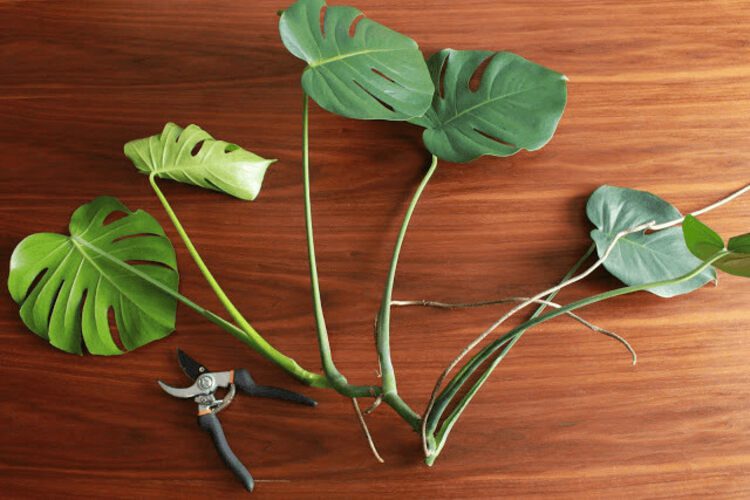
Monstera grows well in tropical rainforests because it gets a lot of sun and lives in the shade of trees. At home, you can also have a similar green patch if you know how to propagate Monstera properly. In fact, there are many ways you can multiply this type of Swiss Cheese plant. That’s why you’ll need our following guides.
Why Should You Propagate Monstera Deliciosa?
First, Monstera can bring many benefits, such as high aesthetic value, support for air purification, effectiveness in reducing stress, improved sleep quality, and increased concentration. Besides, because of their rapid development and hardiness, Monsteras are the perfect plant for propagation, which involves taking cuttings from a mature mother plant to produce smaller, new plants. It helps add even more lovely greenery to the home and gives the older plants new vitality. With its beautiful foliage and easy propagation, it’s no wonder that Monstera Deliciosa has become a popular houseplant for plant enthusiasts worldwide.
How Can You Propagate Monstera Plants?
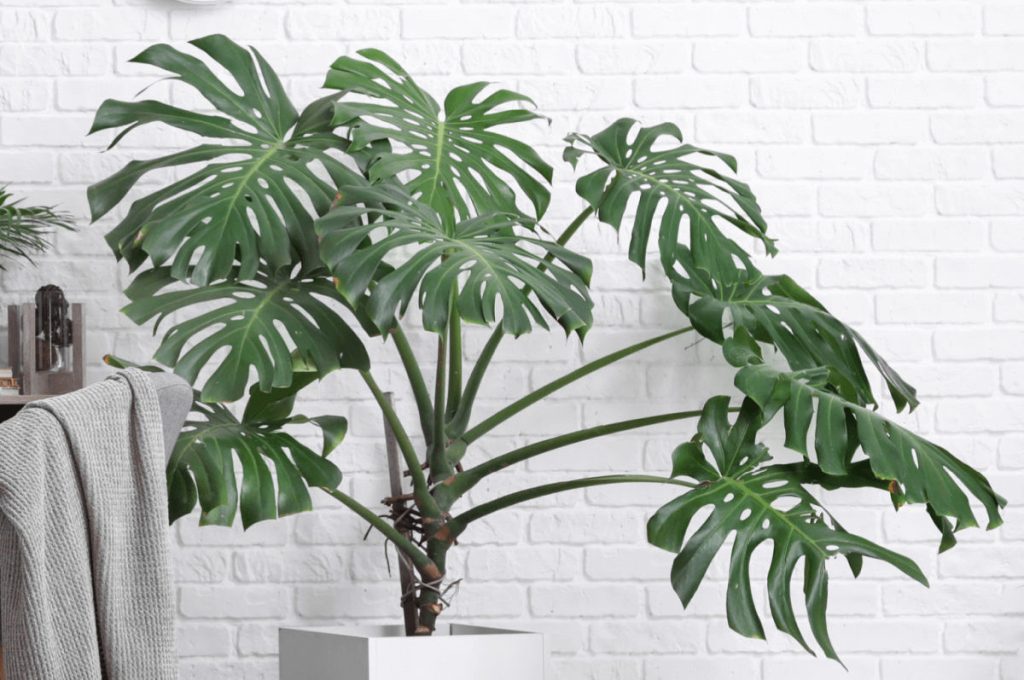
There are quite a few ways to propagate a Monstera Deliciosa plant, but below we will show you the three most common ones: Stem cutting, Air layering, and Separation. Do not miss any important information.
Stem cuttings
One of the simplest methods for growing Monstera is by cutting the stems. The Monstera cuttings can eventually grow into brand-new plants and can also be used as decorative elements if the leaves are healthy. Finding a healthy, green stem with at least one leaf on your plant is the first step. The best chances for successful re-rooting are on thicker stems that have aerial roots already. You can transplant more quickly thanks to the process’s acceleration by aerial roots.
When you’ve found the ideal stem, grab a good knife or set of pruning shears. Make sure your tools are clean and free of debris to keep diseases from spreading to your cuttings or the parent plant. To reach the node near the plant’s base, follow the stem all the way down. Slice the stem just below the node, taking care not to harm any roots or the structure of the node.
Put the stem in the bottom of the glass after filling it with filtered or distilled water that is room temperature. By cutting at an angle, water absorption is prevented because the bottom won’t rest at the base of the glass. Water the cutting regularly, making sure that the water level never falls below the node. Move the glass to a warm location with good indirect light because direct sunlight can burn the leaves. Once the roots have grown several inches long, transplant the cutting into fresh potting soil. To avoid root rot, fill a pot with a mix of airy, well-draining houseplant soil. Additionally, the pot you choose needs to have adequate drainage holes to prevent water from building up inside the pot. You should place the Monstera Deliciosa cuttings in the middle of the container, and the dirt should be pressed down around them to secure them.
Air layering
Compared to the other methods, air layering is a little more complicated and calls for the proper equipment and a steady hand. However, since the stem is still attached to the plant, there is a better way to make sure strong roots grow without taking the stem completely off.
You should make a cut outside of a node for this procedure to work. There will be one with an aerial root if you follow the stems all the way to the plant’s base. Look for a stem that is at least a few inches long and has several leaves; it’s simpler to cut into stems that are thicker. You can make a small cut in the stem close to the node with your knife. Apply rooting hormone to the cut. As a result of the hormones a damaged plant produces, this promotes quicker root growth at the location of the cut.
With pre-moistened sphagnum moss, gently cover the wound. In order to prevent any rot, it should be moist. You should use more moss to thoroughly envelop the region around the cut. With plastic wrap applied, secure it in position. To promote root growth, you must keep the moss moist. To preserve moisture, remove the plastic every few days and spritz it with a spray bottle. You should observe further root growth poking through the moss after a few weeks. Just cut the stem off just below the root development, then transplant the plant into a new pot.
Separation
It’s possible that division is a better alternative for reproducing your Monstera if it has started to exceed its pot. The separation method involves dividing an existing plant into two or more separate plants. This is a relatively simple method that is best done when the parent plant has become too large for its container or has multiple stems. As a result, you will have more room for each section to expand and will almost immediately have several plants from a single one. Additionally, doing it is quite simple.
Shake off any extra soil before removing the plant from the pot so that the roots can be seen. Squeezing the pot’s sides will help you remove it if you’re having trouble. To make it simpler to observe each portion, you can also wash the dirt off the root growth. With a well-draining houseplant potting mix, you should prepare many pots. Create a hole in the middle, then plant, being careful not to plant it too deeply to avoid rot. Water each division thoroughly to flush out air pockets and encourage root growth. Keep the temperature warm, around 75–85 degrees Fahrenheit, for the new plants to establish themselves. It may take a few weeks for the new plants to establish themselves, but with proper care, they should begin to grow and thrive.
When Should You Start Propagating Your Monstera?
When a Monstera plant is actively growing, spring and summer are the best times to start new plants. In general, it is best to avoid propagating Monstera Deliciosa during the winter, when the plant is dormant. This is because the plant may not have the energy to produce new growth or roots, which can lead to unsuccessful propagation attempts.
You can also prune Monstera to encourage new growth and make it easier to propagate. When the gnarly roots from the stems start to grow outside the pot, that’s when you’ll know your Monstera plant is ready for multiplication. Similar to trimming a hedge, you can use propagation to even out your Monstera’s growth if it is growing excessively in one direction or if it has become too tall to care for itself. A moss pole can also be used to support a Monstera plant, but it’s always wonderful to spread the joy of the outdoors inside your house.
Conclusion
You can completely own a fresh green patch in your home with your Monstera plants. Get ready to propagate them at the right time to spread this beauty. Please continue to follow our other posts to learn how to take good care of Monstera.
FAQs


